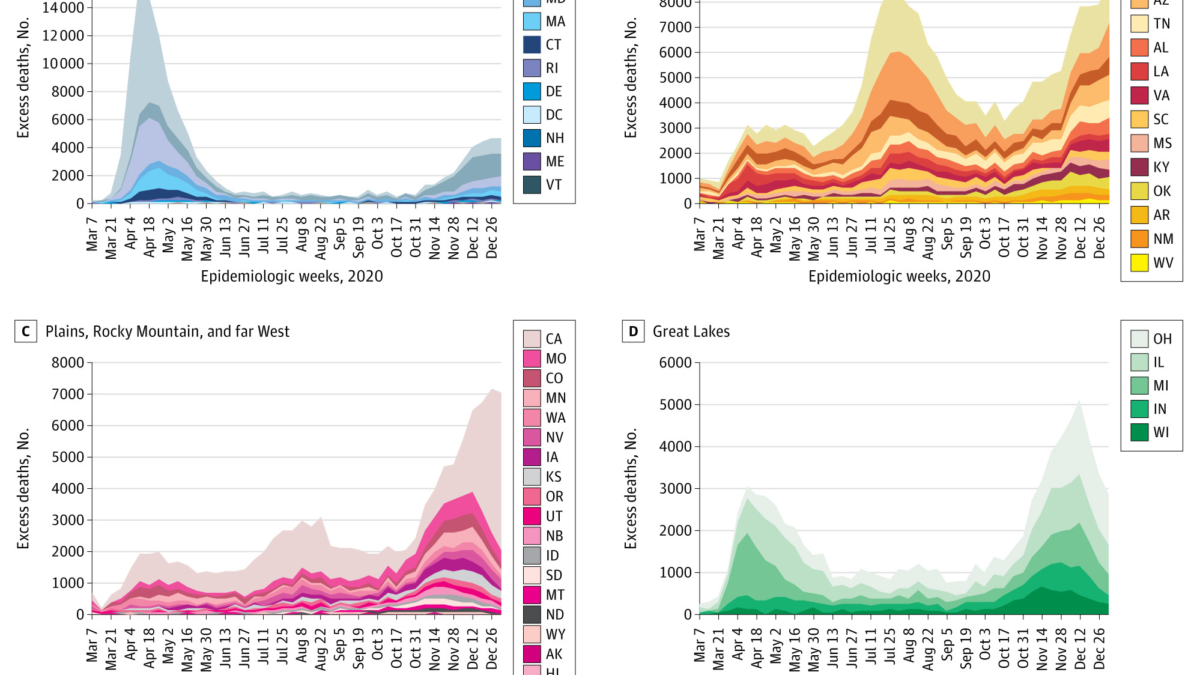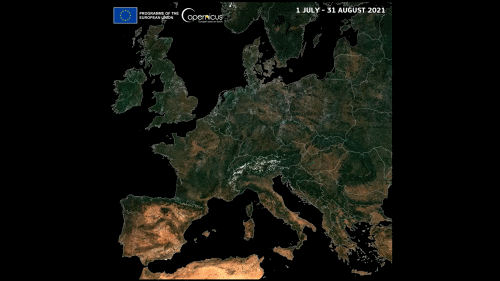Extreme heat in North America, Europe, and China in July 2023 made much more likely by global warming – Without human-induced climate change these heat events would have been extremely rare: China heatwave would have been a 1 in 250-year event, and max heat like in July 2023 would have been virtually impossible in the U.S./Mexico region and Southern Europe

25 July 2023 (World Weather Attribution) – Following a record hot June, large areas of the US and Mexico, Southern Europe and China experienced extreme heat in July 2023, breaking many local high temperature records.
July 2023 saw extreme heatwaves in several parts of the Northern Hemisphere, including the Southwest of the US and Mexico, Southern Europe and China. Temperatures exceeded 50C on the 16th of July in Death Valley in the US as well as in Northwest China (CNN,2023). Records were also reached in many other weather stations in China and the all-China heat record was broken in Sanbao on the 16th of July. In Europe, the hottest ever day in Catalunya was recorded and highest-ever records of daily minimum temperature were broken in other parts of Spain. In the US, parts of Nevada, Colorado, and New Mexico tied their all-time high, parts of Arizona, Cayman Islands, highest ever nighttime temperatures in Phoenix, Arizona which also had its record for longest time without falling below 90F/32.2C.
Several heat deaths have been confirmed in the US, including migrants on the US Mexican border. In Mexico alone over 200 people died due to the heat. Spain, Italy, Greece, Cyprus, Algeria, and China also reported heat deaths, as well as a large increase in hospitalisation due to heat related illnesses. Large parts of the population in Italy and Spain and over 100 million people in Southern US are under heat alerts. In all three regions, demand for power spiked and negatively impacted a number of important crops, including olive oil in Spain and cotton in China.
Scientists from the World Weather Attribution initiative collaborated to assess to what extent human-induced climate change altered the likelihood and intensity of the extreme July heat in these three regions.
Using published peer-reviewed methods, we analysed how human-induced climate change altered the likelihood and intensity of 1) 18-day average maximum temperatures over the most affected regions in western US, Texas and northern Mexico (fig 1, top). 2) 7-day average maximum temperatures over land in the rectangular box (5W-25E, 36-45N) covering the most affected region (fig1, middle). 3) 14-day average maximum temperatures over the lowlands of China, again covering the most affected region (fig 1, bottom).
Main findings
- Heatwaves are amongst the deadliest natural hazards with thousands of people dying from heat-related causes each year. However, the full impact of a heatwave is rarely known until weeks or months afterwards, once death certificates are collected, or scientists can analyse excess deaths. Many places lack good record-keeping of heat-related deaths, therefore currently available global mortality figures are likely an underestimate.
- In line with what has been expected from past climate projections and IPCC reports these events are not rare anymore today. North America, Europe, and China have experienced heatwaves increasingly frequently over the last years as a result of warming caused by human activities, hence the current heat waves are not rare in today’s climate with an event like the currently expected approximately once every 15 years in the US/Mexico region, once every 10 years in Southern Europe, and once in 5 years for China.
- Without human induced climate change these heat events would however have been extremely rare. In China it would have been about a 1 in 250-year event while maximum heat like in July 2023 would have been virtually impossible to occur in the US/Mexico region and Southern Europe if humans had not warmed the planet by burning fossil fuels.
- In all the regions a heatwave of the same likelihood as the one observed today would have been significantly cooler in a world without climate change. Similar to previous studies we found that the heatwaves defined above are 2.5°C warmer in Southern Europe, 2°C warmer in North America and about 1°C in China in today’s climate than they would have been if it was not for human-induced climate change.
- Unless the world rapidly stops burning fossil fuels, these events will become even more common and the world will experience heatwaves that are even hotter and longer-lasting. A heatwave like the recent ones would occur every 2-5 years in a world that is 2°C warmer than the preindustrial climate.
- Heat action plans are increasingly being implemented across all three regions and there is evidence that they lead to reduced heat-related mortality. Furthermore, cities that have urban planning for extreme heat tend to be cooler and reduce the urban heat island effect. There is an urgent need for an accelerated roll-out of heat action plans in light of increasing vulnerability driven by the intersecting trends of climate change, population ageing, and urbanisation.
Extreme heat in North America, Europe and China in July 2023 made much more likely by climate change


